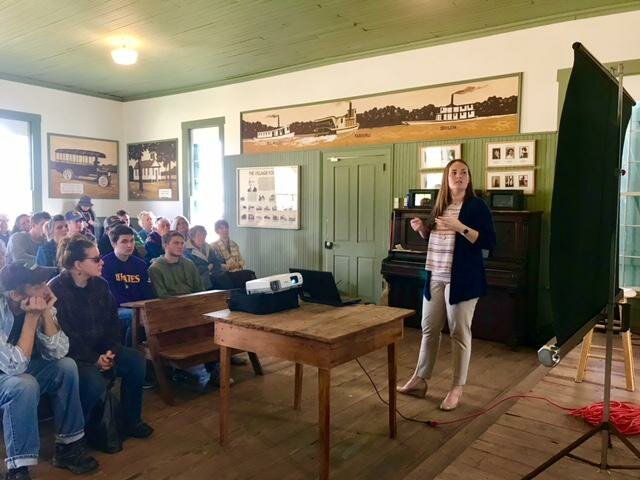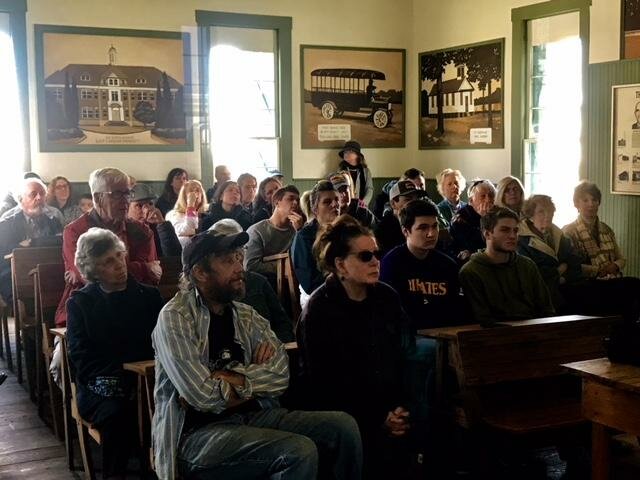"Come to the Eastern Carolina Village & Farm Museum!"
Eastern Carolina Village & Farm Museum 1840 - 1940 © 2019 | PRIVACY POLICY

History Speaks
History Speaks at the Village
Mrs. Josie Galloway Loudenslager - "An Oral History Session"
History Speaks at the Village recently presented "An Oral History Session with Mrs. Josie Galloway Loudenslager". Part of the mission of Eastern Carolina Village and Farm Museum is to interpret the stories of agricultural life in Eastern North Carolina from the 1840s to the 1940s. In her stories about her life growing up in a farming family in rural eastern North Carolina during the Great Depression, "Miss Josie" described how they planted their annual garden, “I sowed the seeds and Mother covered them with her hoe." Her writing and storytelling paints detailed pictures which preserve memories of family and lessons learned.
Eastern Carolina Village and Farm Museum
4570 County Home Road
Greenville, NC 27858


History Speaks at the Village
Kimberly Kenyon - "Queen Anne's Revenge"
The pictures above are of Kimberly Kenyon, speaking on the Queen Anne’s Revenge. She is a conservator with the NC Department of Natural and Cultural Resources, working at ECU’s West Research Campus outside Greenville. Other than artifacts from the sunken ship, Kenyon noted a most curious discovery. Archaeological conservators at her lab have discovered and preserved fragments of paper found on the wreckage of Queen Anne’s Revenge, the flagship of the pirate Blackbeard.
Sixteen tiny fragments of paper – the largest is about the size of a quarter – were discovered in a mass of wet sludge removed from the chamber for a breech-loading cannon recovered from the shipwreck off the North Carolina coast. Paper is an extremely rare material to find on shipwrecks, especially one 300 years old, because it usually disintegrates quickly in water.
Experts with the Queen Anne’s Revenge Conservation Lab worked with scientists from the department’s Division of Archives and Records, along with the Winterthur/University of Delaware Program in Art Conservation, to conserve the fragile fragments. During this process, they found printed text was still legible on some fragments.
Source: N.C. Department of Natural and Cultural Resources
Eastern Carolina Village and Farm Museum
4570 County Home Road
Greenville, NC 27858